As you prep for the impending doom and you get you bug out vehicle ready to roll forth, don’t forget a sweet camo paint job. And please don’t misunderstand me; if the paint job is done professionally in an auto body shop and has anything other than a matte finish; it’s not a bug out vehicle. On the other hand, if you rattle canned the project, then you have something to be proud of. But if you want something sweet that will define you, bode well on hunting parties, and help you avoid enemy road warriors, then here is a database I will be adding to; of military vehicle paint patterns to inspire and motivate. Because of the varied patterns used by countries around the world this will be a simple selection for illustration purposes.
Your vehicle can either be generalized, often with a flat tan or shade of green, or customized to a specific environment. If you have some great spots up in the rocky mountain pine forest then a traditional woodland pattern would probably do the job beautifully. As stated above this small growing data base is here to inspire, and because I love all things camouflage.
A great way to test color to environment is to spray small boards with assorted cans of spray paint, and once dry, take them out to your chosen area of operation and hold them up in front of you. Observe which colors are naturally occurring, and which shades do not fit with the terrain and foliage. this is also a good time to consider big splotches or little splotches, wavy lines, or straight lines, etc.
The purpose of vehicle and equipment camouflage differs from personal camouflage in that the primary threat is aerial reconnaissance. The goal is to disrupt the characteristic shape of the vehicle, to reduce shine, and to make the vehicle difficult to identify even if it is spotted. Paint is the least effective measure, but forms a basis for other techniques. Military vehicles often become so dirty that pattern-painted camouflage is not visible, and although matt colors reduce shine, a wet vehicle can still be shiny, especially when viewed from above. Patterns are designed to make it more difficult to interpret shadows and shapes.
One consideration as you approach your project is not only the color pallet or pattern, but also how hard or soft you want the outlines. Some hard line patterns also opt for a thin strip of color separating all the others. Examples below are of World War II Panzers.
For some wonderful inspiration check out any internet database of German WWII tanks patterns, or WWII aircraft patterns. Many of these websites are directly involved with hobbyists looking for accurate patterns and colors while working on models.
Single Tone
The first pattern, and still a prevalent one in the military is simple subdued colors as those often affiliated with CUC-Vs and such. If you want something not conditioned for any specific environment and does not scream redneck or prepper this might be something for you.
MERDC
Here are illustrations of the various MERDC (Mobility Equipment Research and Development Center) camouflage colors on the M109 template. The colors will vary depending on your computer monitor settings, but they illustrate the basics of the schemes and variations. The title of the scheme is followed by the color names, the color Federal Standard numbers, and the illustration.
The Winter Verdant scheme was typically used on vehicles based in Europe and was likely the most common MERDC scheme. The Summer Verdant scheme was most commonly used on vehicles based in the United States. The Gray Desert scheme was used on vehicles based at Fort Hood in Texas and some units based in California. The Red Desert colors were used by New Zealand army units.
Winter US & Europe-Verdant
Forest Green, Field Drab, Sand, and Black
Snow Temperate with Trees and Shrubs
Forest Green, White, Sand, and Black
Snow-Temperate with Open Terrain
White, Field Drab, Sand, and Black
Summer US & Europe-Verdant
Forest Green, Light Green, Sand, and Black
Tropics-Verdant
Forest Green, Dark Green, Light Green, and Black
Gray Desert
Sand, Field Drab, Earth Yellow, and Black
Red Desert
Earth Red, Earth Yellow, Sand, and Black
NATO 3 Tone
In the 1980s, the realisation dawned in NATO that, during war, enemy forces would be able to easily identify which NATO countries operated against them simply by looking at the camouflage patterns used on the NATO vehicles—this because almost every country developed and used its own, unique colours and patterns.
As a result, in the mid-1980s a standard NATO scheme was agreed upon, adopted (with minor variations) by countries such as Germany, France, the Netherlands, and the United States. In the USA, this camouflage is frequently known as CARC, for Chemical Agent Resistant Coating, after the paints used.
The camouflage patterns for the various vehicles are standardised, and since the vehicles are normally camouflaged in the factory, they are much more regular than the older American MERDC patterns. The edges are nominally soft (sprayed), but the overspray areas are very small, so that from some distance they usually look hard-edged.
Many countries use a three tone woodland paint scheme for their vehicles as evidenced from these two other examples from around the globe.
2 Tone Desert
Variants of this basic desert pattern have been in use since World War II my many of the world’s nations. The pattern is typified by the use of a desert tan, and a red/brown earth tone.
2 Tone Woodland/Jungle
Variants of this pattern have been used since World War II, and continue throughout many nations of Europe. The pattern is typified by a forest green or olive drab, and black.
2 Tone Transition
With versions in use since World War II, this pattern is typified by an olive drab or forest green and a desert tan. German vehicles of the war utilized dark yellow in the place of tan.
2 Tone Winter
Like the others but can be white with grey, OD/green, black, or tan/brown.
Modern Variants
Just like all the brands of tactical gear out there, there are hundreds of different companies trying to make their mark on the military vehicle world. Many of them have digital schemes directed towards urban as well as rural working environments. And while it may seem new, digital and blocky patterns are among the oldest forms of vehicle camouflage I’ve been able to track down; though they have been refined considerably. Camouflage schemes of the First World War and Interwar periods that employed dazzle patterns were often described as “cubist” by commentators.
Supplemental Ideas
It should be noted that these two methods are chiefly used to defeat aerial observation; as a man on foot will likely notice bush with wheels.
While vegetation is a short term supplement; if you’re thinking about supplemental camouflage to assist in breaking up your vehicles form you can’t go wrong with camo netting. And your camo netting may not be mounted about as much as something strapped to the cab of a truck that can be unrolled when you are stationary.
Another common supplemental camouflage technique is the use of natural plants in the same way they are woven into a snipers gillie suite. The only downside is that you are limited from a few hours to a few days depending on you foliage.
Other
Below is a site I utilized as well as a great site on painting bug out vehicles.
http://titancollisions.com/html/custom_work.html
https://sites.google.com/site/merdccamo/home/merdcpic
Jon

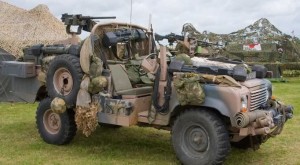
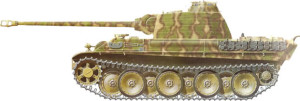
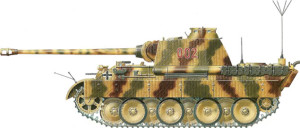
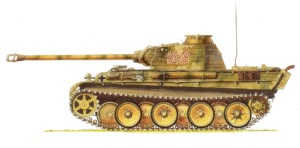
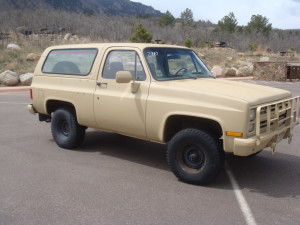

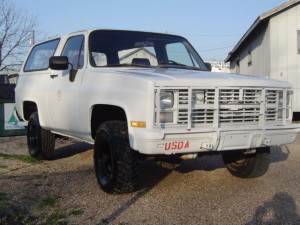
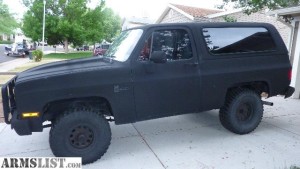

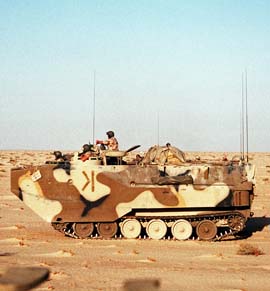
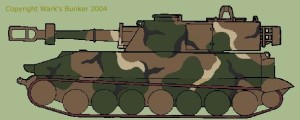
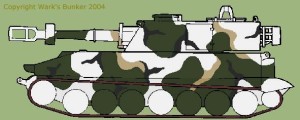
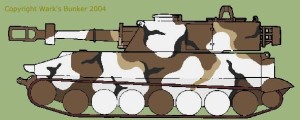
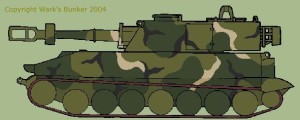
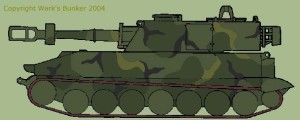

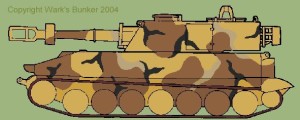

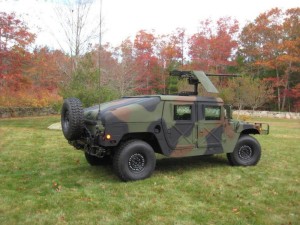
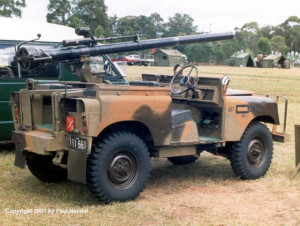
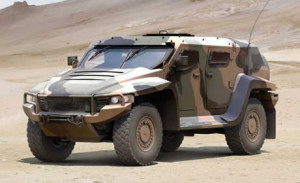
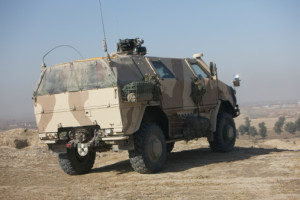
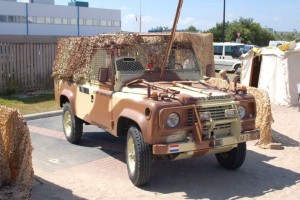
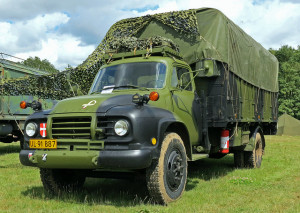
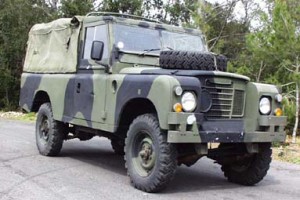
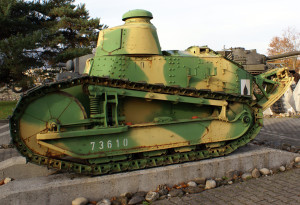
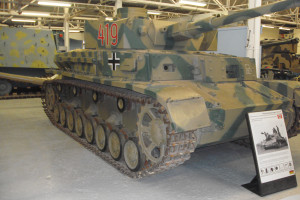
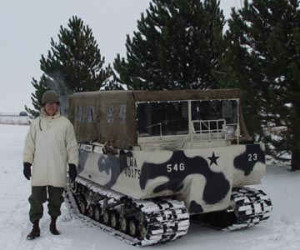
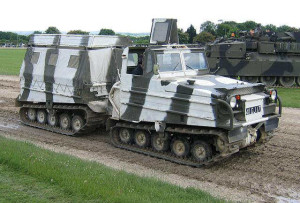
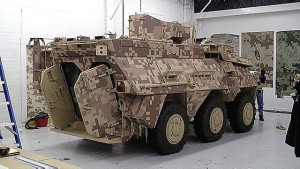
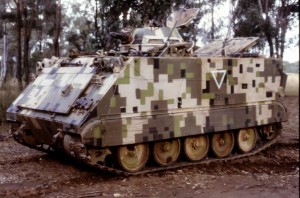
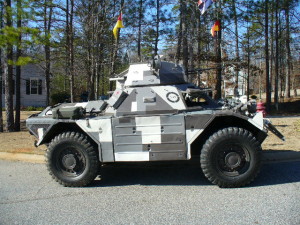
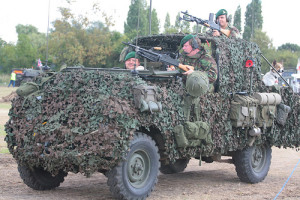
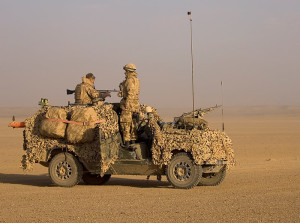
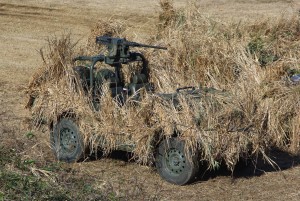
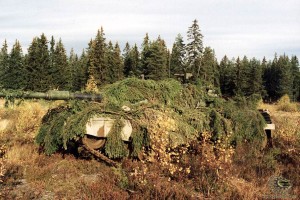

Leave a Reply